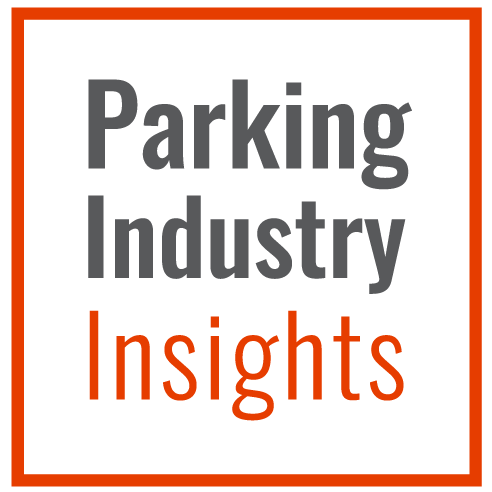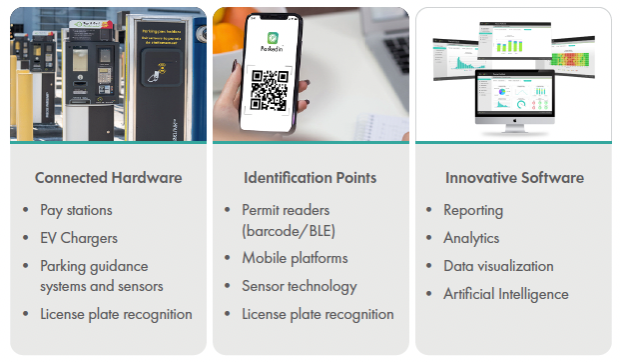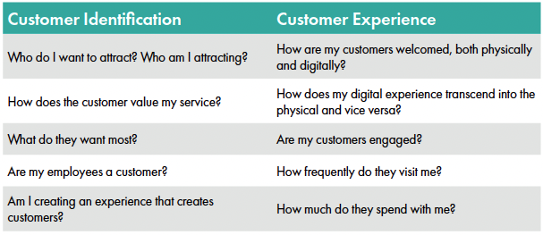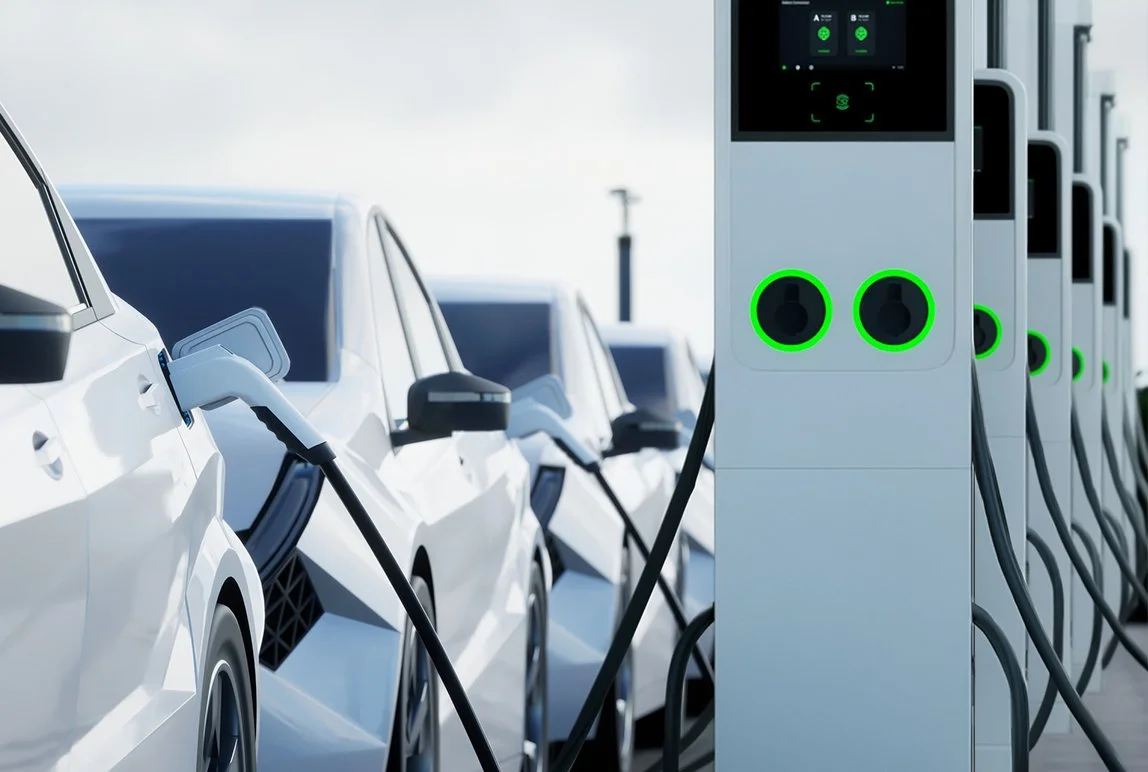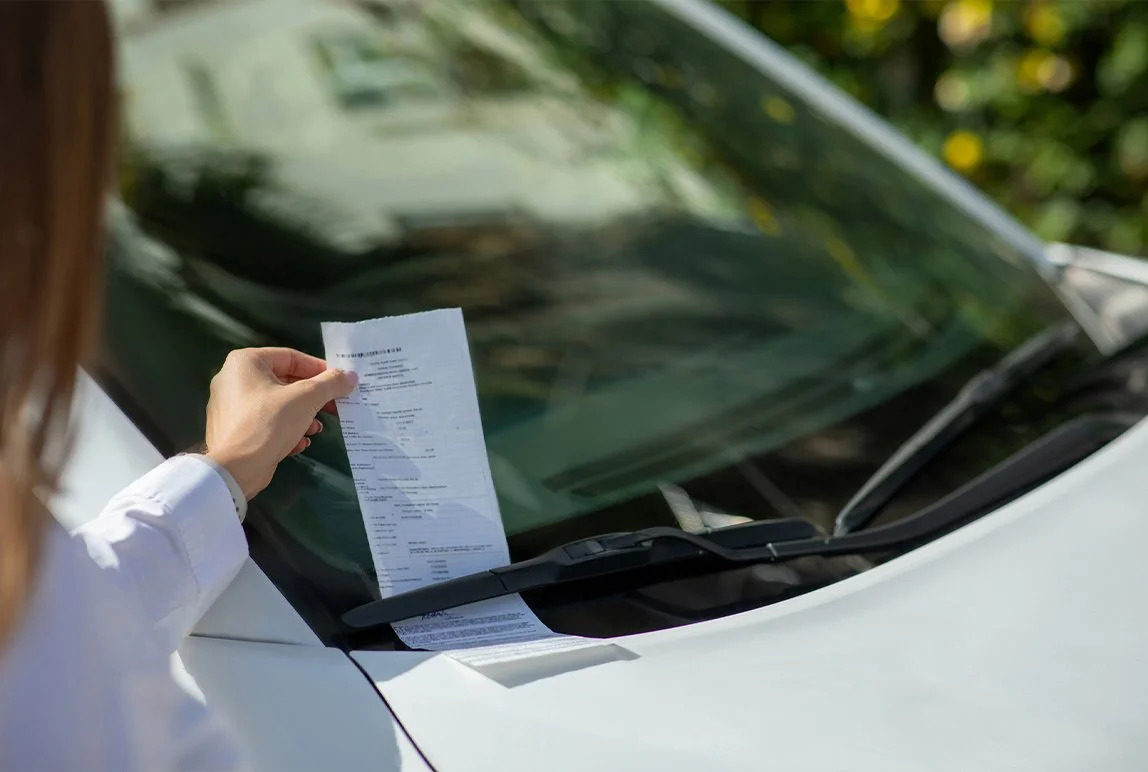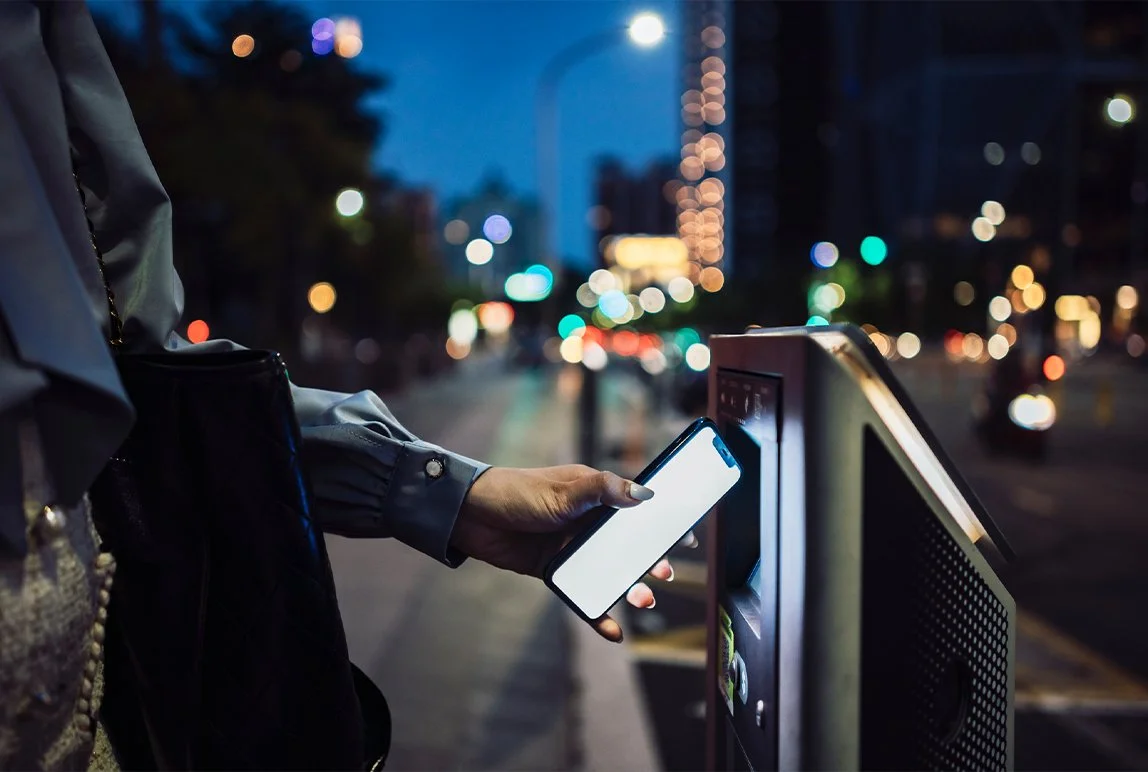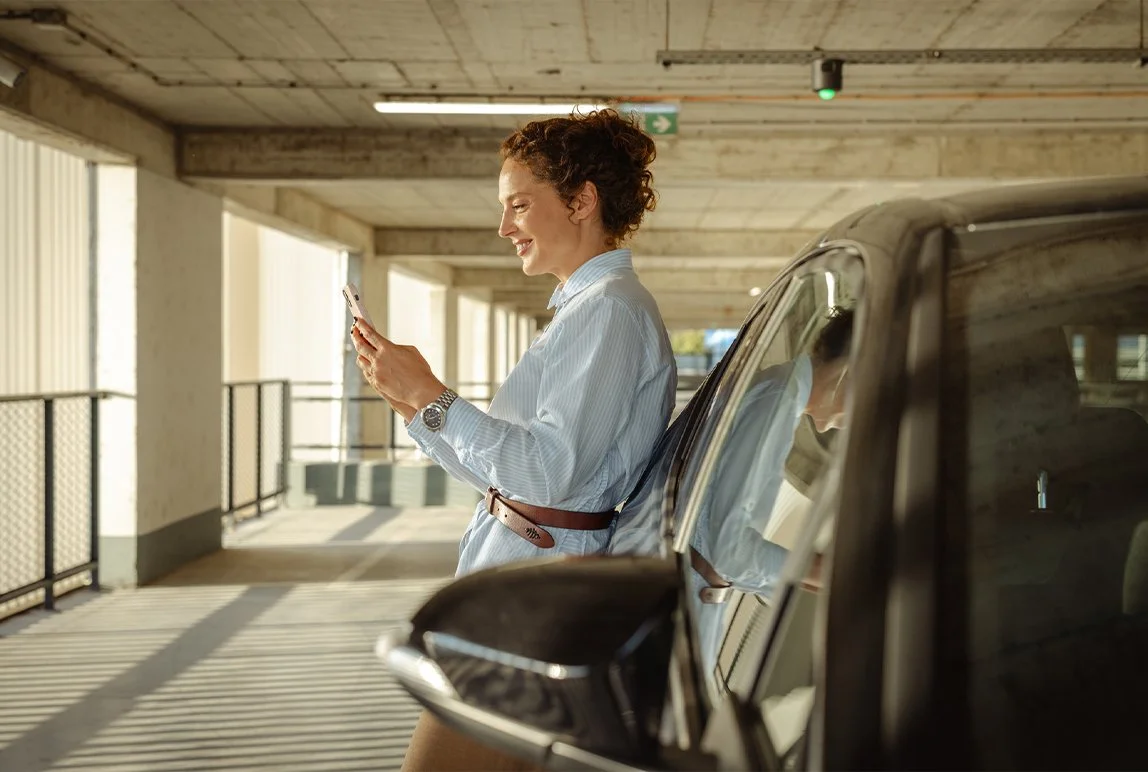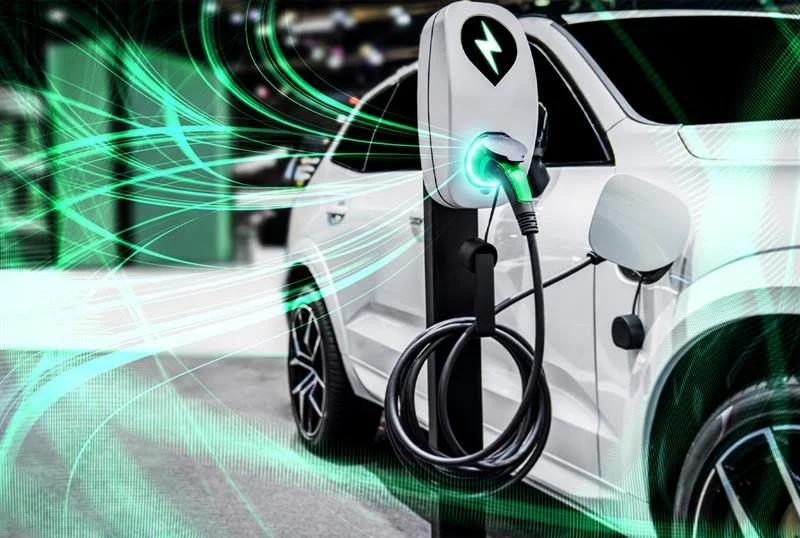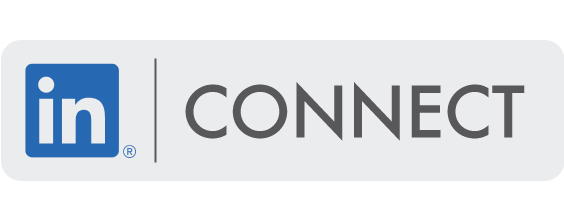How to Use Parking BI, Data & Analytics to Improve Your Parking Program
Posted: Jun, 28, 2023 9:00AM ET • 8 min read
Business intelligence, data, and analytics are the fuel your business needs to succeed— and it's no different when it comes to your parking operation.
If you are a facility or property manager looking to understand how to leverage BI, data, and analytics for more than just parking occupancy and revenue analyses, you've come to the right place. Now – more than ever – organizations of all sizes are gathering data and analytics to gain new insights into their customers and develop a greater understanding of their business. It is no different for the parking and mobility industry. The opportunity to learn, understand, and eventually predict a customer's parking habits using data and analytics will lead your organization to future success. So why not start now?
Here's how real-time data and analytics can improve your parking operation:
Increase parking occupancy levels based on customer behaviour
Identify successes and pinpoint areas for improvement
Connect digital and live customer journeys
Identify dynamic pricing opportunities that enhance your parking strategy
Make period-over-period comparisons
Maximize parking revenue streams by right-sizing product offerings
How to Overcome Data Overwhelm
We get it— an abundance of data can be hard to digest. If you can relate to this, you may find yourself asking…
Is my data accurate?
Do I have too much data?
What is my data telling me?
How can I get more time to focus on analysis?
How can I connect the customer experience?
The key to navigating the abyss that is parking data? Start small, and you will see how fast you grow. Ensure you have the proper technology to gather data, identify your goals and KPIs, start tracking and reporting and continue to identify areas of improvement.
BI & Smart Parking Technologies: The Ultimate Pair
Parking is an area that is rich in data, and the smarter the technology you have in place to support a parking operation, the deeper and broader the data that becomes available to you. Business intelligence has become a key player in our journey to becoming smart, providing data that allows us to learn more about our customer's parking habits and keep tabs on operational performance.
Thanks to smart parking technologies, property managers like you can now access real-time data, analytics, and insights housed within a single BI platform.
Key Performance Indicators You Should Be Tracking
Real-time data and analytics are the backbone of a successful parking operation. Gathering valuable insights such as when, why, and how your visitor's park provides an in-depth understanding of your operation.
An abundance of data, however, can be overwhelming to consume. That is why it is important to pinpoint what data and key performance indicators (KPI) are essential for your overall parking strategy.
It's time to start measuring, monitoring, and growing! These are the 8 KPIs you should be tracking right now.
Parking revenue: Parking revenue directly represents how well your parking operation performs and comprises multiple areas of your operation. Divide your combined revenue by the total number of visitors to get an average revenue per visitor.
Peak hours and days: Keeping an eye on your parking facility's peak hours and days will help you make informed decisions based on parking behaviour and occupancy.
Customer types: Tracking your transient and subscriber customers will better understand how your parking facility is used.
Short- and long-term tickets: Keeping tabs on the types of tickets you facilitate will help you better understand your visitor behaviours and the revenue associated with each ticket type.
Parking permits: Tracking what type of parking permits your visitors prefer to use will give you a better insight into their parking needs, which will help you evolve your product offerings and generate higher income.
Payment methods: Understanding the most predominantly used payment type amongst your visitors will help you evolve your parking service offerings to satisfy customer needs, reduce traffic throughout your parking lot and meet your revenue goals.
Occupancy rates: The occupancy rate shows how frequently your parking facility is being used. To track occupancy, divide the number of occupied parking stalls by the number of available parking stalls.
Management expenses: Calculating the average costs associated with staffing and cross-analyzing them with your facility trends will help you determine when and how often to utilize these value-add services.
Parking Occupancy Data & Dynamic Pricing Models
You may be wondering, how can understanding parking occupancy help you increase your parking revenue? It's simple when you understand your parking occupancy rates; you can deploy dynamic pricing models— smart pricing strategies that can be changed on a whim.
The first step? Collecting parking occupancy data. Smart technologies like parking guidance systems allow you to track your parking facility's turnover, average stay, peak hours, and days. Keeping an eye on how your customers use your facility will help you adapt quickly to market changes and make the right modifications to your parking operation to maximize revenue, occupancy, length of stay, and return customers.
Setting the Stage for Loyalty Programs
Using BI, data, and analytics, you can understand behaviour and attitude to create a loyalty program that is unique to you, allowing your customers to capitalize on their parking.
Understanding behaviour and attitude is both an art and a science. They allow you to capture your customers' rational and emotional aspects, deliver predictive insights, and capture the information needed. Make the best decisions for your entire portfolio. But first, you must ask the right questions:
The Future of BI & Analytics for Parking Facility Management
Parking management has changed. People used to fuel technology. Today, it's the other way around.
Business intelligence tools are evolving at a rapid pace. These tools connect data into one location to remove data friction, helping organizations visualize their most important metrics to gain the greatest insights. Property managers and owners will continue to use this data to improve their parking operations and revenue generation while eliminating common inefficiencies.
The future of parking mobility BI is nearer than you may think. Soon, you will be able to connect your parking experience using access rights, third-party reservations and loyalty programs.
How to Turn Your Data into Actionable Insights
Turning data into actionable insights is essential for any parking operation to succeed; all it takes is the initial leap of faith. Here's how you can get started:
Identify your business goals and the KPIs you want to track
Invest in smart technologies and BI tools that work together to gather data
Track and report on your KPIs regularly
Implement a dynamic pricing strategy that leverages customer trends
Build programs that fuel real-time data
Continue to identify areas of improvement and execute
Share Article:
Featured Articles
ABOUT THE AUTHOR
Mahir Chopra
Associate Director, Digital Control Centre, Precise ParkLink
Mahir heads up Precise ParkLink’s latest centralized support service, the Digital Control Centre. The DCC actively monitors client sites as well as the operational status of each piece of equipment installed at those sites, using the data it gathers to generate KPI reports, optimize collections and enforcement activities, schedule preventative maintenance, dispatch technicians, order spares and consumables, and in rare instances, investigate causes of equipment damage.
In this leadership role, Mahir monitors these workflows to ensure they continue to deliver value to our clients like we promised. When he or a member of his team identifies an opportunity to improve a system or process, he engages other leaders within the organization as needed to develop a solution that balances our clients’ business objectives against each site’s individual operational requirements. With a Bachelor’s in Computer Applications, a further post-graduate diploma in information technology, and experience prior to Precise ParkLink in programming and system administration, he’s been able to make significant improvements in our processes since joining the company in 2018. In those intervening years, he’s gained valuable experience in leadership and project management while working as a production IT specialist and eventually a team lead.
He supports his staff earning their customer service certifications to assist our clients better, he’s spearheading initiatives to digitize our records and service requests, and it’s his constant looking ahead to what workflow can be improved next that led to the development of the DCC in the first place. It's because he has such a personal connection to the DCC that he’s especially proud that his team was recognized by BOMA Toronto with the 2023 Pinnacle Award for Innovation, highlighting just how unique Precise ParkLink’s service delivery model is.
With a professional career centred on collaborative work and technical innovation, Mahir’s personal time is spent disconnecting as much as he can — reading quietly in libraries, hiking with his family, and composing music.
Questions?
Fill out the form below and we will do our best to connect you with a suitable contact.
